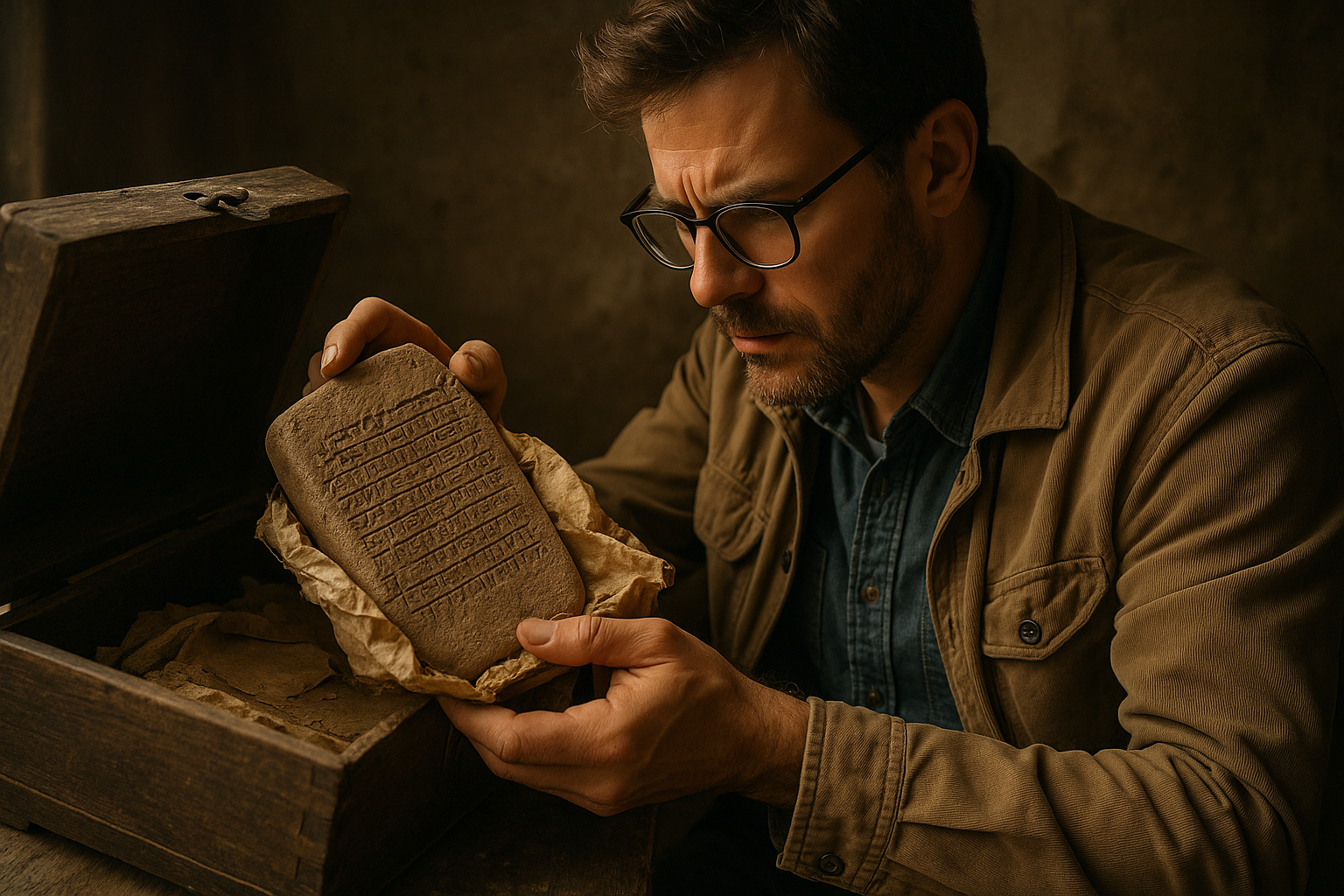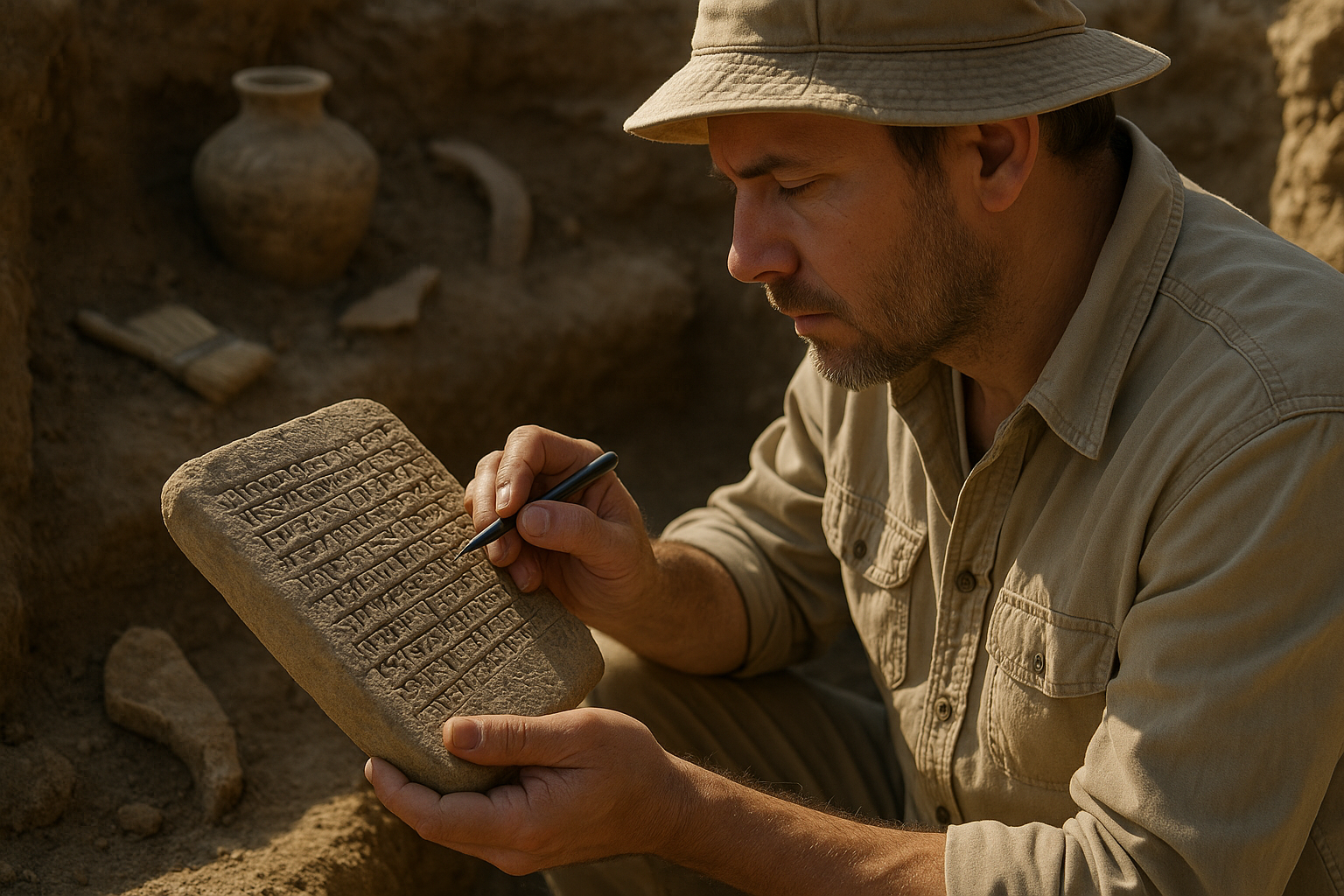Seals have captivated human imagination for millennia, serving as powerful symbols of transformation, mystery, and renewal across diverse artistic traditions and cultural narratives worldwide.
🦭 Ancient Guardians: Seals in Mythology and Folklore
Throughout history, seals have occupied a unique space in human consciousness, bridging the realms between land and sea, reality and myth. In Celtic mythology, selkies—seal folk who could shed their skins to become human—embodied the transformative power of nature and the fluid boundaries between different states of being. These creatures represented not just physical transformation but spiritual rebirth, reminding communities of the cyclical nature of existence.
Norse legends similarly revered seals as shape-shifters possessing ancient wisdom. Coastal communities from Scotland to Scandinavia developed rich traditions where seals were seen as ancestors returning from the sea, their eyes holding memories of past lives. This connection between seals and reincarnation established a symbolic framework that artists would draw upon for centuries, creating visual narratives that explored themes of continuity, change, and eternal return.
In Inuit culture, seals held profound spiritual significance beyond their practical importance as food sources. They were considered gifts from the sea goddess Sedna, and their hunting was surrounded by elaborate rituals ensuring respect and gratitude. The seal’s ability to navigate between air and water made it a natural symbol for shamanic journeys between worlds, representing the soul’s capacity for transformation and renewal.
The Seal as Metaphor: Psychological and Spiritual Dimensions
Carl Jung’s concept of transformation archetypes finds perfect expression in seal symbolism. The seal’s amphibious nature serves as a powerful metaphor for the human psyche’s journey between conscious and unconscious realms. Just as seals must surface to breathe yet find sustenance beneath the waves, humans navigate between rational thought and intuitive wisdom, between social obligations and inner needs.
Contemporary spiritual movements have embraced seal imagery as representing adaptability and emotional intelligence. The seal’s graceful movement through water symbolizes flowing with life’s currents rather than resisting them—a concept central to mindfulness practices and modern therapeutic approaches. This fluidity extends to the idea of rebirth, suggesting that transformation isn’t a single dramatic event but rather a continuous process of adaptation and renewal.
Emotional Resonance in Seal Symbolism
The large, expressive eyes of seals have made them particularly potent symbols of vulnerability and innocence requiring protection. Environmental movements have leveraged this emotional connection, making seals ambassadors for ocean conservation. This modern manifestation of seal symbolism represents a cultural rebirth of humanity’s relationship with nature—from exploitation to stewardship, from dominance to partnership.
🎨 Artistic Interpretations Through the Ages
Renaissance artists occasionally incorporated seals into maritime scenes, but it was during the Romantic period that seal symbolism truly flourished in Western art. The movement’s fascination with nature’s sublime power and the exotic found perfect expression in seal imagery. Artists like Edwin Landseer created works depicting seals that emphasized their nobility and pathos, reflecting Victorian anxieties about industrialization and the loss of natural connection.
Indigenous Arctic art has consistently featured seals as central motifs for thousands of years. Inuit soapstone carvings transform the seal into abstract yet immediately recognizable forms, capturing the essence of the animal’s spirit rather than merely its physical appearance. These sculptures serve as tangible connections to ancestral traditions while continuously evolving with contemporary artistic sensibilities, embodying the very concept of timeless rebirth they represent.
Modern and Contemporary Seal Representations
Contemporary artists have reimagined seal motifs for the digital age, creating installations and multimedia works that explore ecological themes through seal symbolism. Japanese artist Kohei Nawa’s “PixCell” series, while not exclusively focused on seals, employs techniques that could transform seal imagery into crystalline structures, suggesting both preservation and transformation—a frozen moment that paradoxically implies perpetual change.
Street art has embraced seal imagery in urban environments, creating striking juxtapositions between concrete jungles and marine life. These interventions serve as visual reminders of what cities have displaced, while simultaneously suggesting possibilities for coexistence and renewal. The seal becomes a symbol not just of nature but of urban consciousness awakening to environmental responsibility.
Cultural Significance Across Continents
In Asian symbolism, particularly within Korean and Japanese traditions, seals (both the animal and the stamp) carry layered meanings. The linguistic connection in some Asian languages between the seal animal and official seals used for authentication creates an interesting symbolic resonance. Both represent authenticity and authority—whether nature’s sovereignty or human institutional power.
Pacific Northwest Coast Indigenous peoples incorporated seal imagery into totem poles, masks, and ceremonial regalia. Each clan had specific relationships with seal spirits, and artistic representations followed strict protocols passed down through generations. These artistic traditions continue today, with contemporary Indigenous artists honoring ancestral forms while incorporating modern materials and contexts, demonstrating living cultural rebirth.
European Folk Art Traditions
Scandinavian and Celtic folk art traditions preserved seal symbolism through textile patterns, wood carvings, and pottery designs. These everyday objects carried protective and prosperity meanings, with seal motifs believed to ensure safe voyages and abundant catches. The persistence of these patterns in contemporary Scandinavian design represents a cultural memory that refuses to fade, continually reborn in each generation’s creative expressions.
🌊 Environmental Art and Activism
The late 20th century witnessed a transformation in seal symbolism as environmental consciousness grew. The iconic images of seal pups during anti-sealing campaigns in the 1970s and 1980s made these animals powerful symbols of environmental vulnerability. Artists responded by creating works that used seal imagery to advocate for conservation, transforming traditional symbolism into urgent contemporary messaging.
Installation artists have created immersive experiences using seal motifs to convey climate change impacts. Olafur Eliasson’s approach to environmental art, though not specifically seal-focused, provides a model for how marine mammal symbolism might be deployed in large-scale works that make abstract environmental data emotionally resonant. The seal, threatened by melting ice and warming oceans, becomes a synecdoche for planetary transformation.
Digital Art and Virtual Rebirths
Digital artists have embraced seal symbolism in unexpected ways, creating NFT collections and virtual reality experiences that explore transformation themes through seal avatars. These digital manifestations represent a new kind of rebirth—the translation of ancient symbols into virtual spaces. Whether this represents cultural evolution or dilution remains debated, but it undeniably demonstrates the seal’s enduring symbolic power.
Seal Motifs in Fashion and Commercial Design
Fashion designers have periodically drawn inspiration from seal forms and movements. The sleek, streamlined shape of seals influenced Art Deco design, appearing in jewelry, textiles, and architectural ornaments. This aesthetic appropriation transformed biological efficiency into human elegance, suggesting that adopting seal-like qualities could enhance human grace and adaptability.
Contemporary sustainable fashion brands have adopted seal imagery to communicate environmental values. However, this raises complex questions about the ethics of symbolism—can seal motifs promote conservation while the fashion industry contributes to ocean pollution? These tensions make seal symbolism particularly relevant for examining contradictions in modern environmental consciousness.
🏛️ Architectural and Public Space Applications
Aquariums and marine research centers frequently employ seal motifs in their architectural design, creating spaces where the symbolic and literal seal converge. These institutions serve as modern temples to marine life, where seal imagery functions both decoratively and pedagogically, teaching visitors about ocean ecosystems while evoking emotional connections to marine mammals.
Public sculptures featuring seals have become landmarks in coastal communities worldwide. These monuments serve multiple functions: celebrating local maritime heritage, promoting tourism, and asserting community identity. The seal becomes a totem for the modern coastal city, symbolizing its relationship with the ocean and its commitment to preserving marine ecosystems for future generations.
Literary Symbolism and Narrative Functions
Literature has employed seal symbolism extensively, from folk tales to contemporary fiction. The selkie narratives mentioned earlier have inspired countless literary adaptations, each generation finding new meanings in the story of beings who must choose between human and seal existence. These tales resonate particularly with discussions of identity, belonging, and the sacrifices required for transformation.
Children’s literature frequently features seals as characters representing curiosity and innocence. Books like “Seal Morning” by Rowena Farre use seal protagonists to explore themes of connection, loss, and growth. These narratives introduce young readers to symbolic thinking while fostering empathy for marine life—planting seeds for future environmental stewardship.
🎭 Performance Art and Living Traditions
Indigenous performance traditions often incorporate seal dances and ceremonies that enact creation stories and seasonal cycles. These living art forms demonstrate how seal symbolism functions not as static imagery but as dynamic cultural practice. Dancers wearing seal masks and costumes embody transformation, their movements translating spiritual concepts into physical expression.
Contemporary performance artists have created works exploring human-seal relationships through experimental theater and dance. These performances often address ecological crisis, using the seal’s predicament as a lens for examining human responsibility. The performer becomes both human and seal, enacting the interconnectedness that seal symbolism has always implied.
Rebirth Cycles: Seasonal and Spiritual Renewals
The seal’s breeding cycles, with dramatic annual gatherings on specific beaches, have inspired artistic representations of cyclical time and rebirth. Photographers and filmmakers document these spectacular events, creating works that emphasize patterns, repetition, and the eternal return. These images serve as visual meditations on life’s continuity despite individual mortality.
Spiritual practitioners in various traditions use seal imagery in rituals marking life transitions—births, coming-of-age ceremonies, marriages, and deaths. The seal’s ability to navigate different elements makes it an appropriate symbol for souls traversing life’s thresholds. Contemporary pagan and neo-shamanic practices particularly embrace seal symbolism for transformation work and spiritual rebirth ceremonies.
Educational and Scientific Visualization
Scientific illustration has created its own artistic tradition around seal depiction, balancing accuracy with aesthetic appeal. These images serve educational purposes while functioning as art objects in their own right. The precision required for scientific work paradoxically often results in images of striking beauty, suggesting that truth and beauty converge in careful observation of nature.
Data visualization projects tracking seal populations, migration patterns, and health metrics create new forms of seal-based art. These works transform raw information into compelling visual narratives, making abstract conservation concerns concrete and emotionally resonant. The seal becomes a data point and a symbol simultaneously, bridging scientific and artistic modes of understanding.
🌟 Future Trajectories: Evolving Symbolism
As climate change accelerates, seal symbolism will likely evolve to reflect new environmental realities. Artists are already creating works that imagine futures where seals thrive or perish, using these scenarios to explore humanity’s choices. The seal’s symbolic rebirth may thus become literal—dependent on whether humans choose regenerative or destructive paths.
Emerging technologies like artificial intelligence and bioart open unprecedented possibilities for seal symbolism. Artists might collaborate with AI to generate infinite variations on seal motifs, or use biological materials to create living artworks incorporating seal DNA. These avant-garde approaches push seal symbolism into speculative territories, asking what transformation means in a post-natural world.

The Eternal Return: Why Seals Endure
The persistence of seal symbolism across millennia and cultures suggests something fundamental about these animals’ capacity to embody universal human concerns. Their amphibious nature perfectly captures the liminal states humans experience—between sleeping and waking, youth and age, life and death. This symbolic flexibility allows each culture and era to find its own meanings in seal imagery.
The current environmental crisis has given seal symbolism urgent new relevance. As ice melts and oceans warm, seals face unprecedented challenges, making them potent symbols of planetary transformation. Whether this transformation leads to renewal or catastrophe depends on collective human choices—a theme contemporary artists explore through increasingly sophisticated seal-based works.
Ultimately, the timeless rebirth represented by seal motifs reflects humanity’s perennial hope that transformation is possible, that death leads to renewal, that change can be navigated with grace. In a rapidly changing world, this ancient symbolism offers both comfort and challenge—reminding us that adaptation is natural, that multiple forms of being are possible, and that the journey between worlds, like the seal’s dive beneath the waves, always promises eventual return to the light. 🌊
Toni Santos is a temporal researcher and symbolic archaeologist specializing in the study of forgotten burial systems, sacred archival practices, and the visual languages embedded in ancient temporal lore. Through an interdisciplinary and artifact-focused lens, Toni investigates how humanity has encoded knowledge, memory, and mystery into the temporal world — across cultures, rituals, and vanished civilizations. His work is grounded in a fascination with time capsules not only as vessels, but as carriers of hidden meaning. From extinct burial ritual practices to mythical codices and secret temporal seals, Toni uncovers the visual and symbolic tools through which cultures preserved their relationship with the temporal unknown. With a background in design semiotics and temporal artifact history, Toni blends visual analysis with archival research to reveal how time capsules were used to shape identity, transmit memory, and encode sacred knowledge. As the creative mind behind eltonxy, Toni curates illustrated chronologies, speculative temporal studies, and symbolic interpretations that revive the deep cultural ties between artifacts, ritual markings, and forgotten messages. His work is a tribute to: The lost temporal wisdom of Forgotten Time Capsule Burial Rituals The guarded archives of Sacred Codices and Forgotten Temporal Archives The mythopoetic presence of Temporal Symbols and Ritual Markings The layered visual language of Vanished Artifacts and Temporal Messages Whether you're a temporal historian, symbolic researcher, or curious gatherer of forgotten chronological wisdom, Toni invites you to explore the hidden roots of time capsule knowledge — one seal, one glyph, one message at a time.




